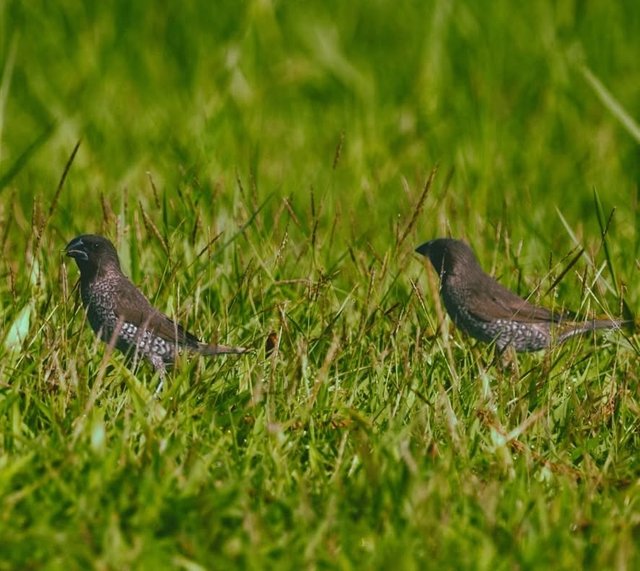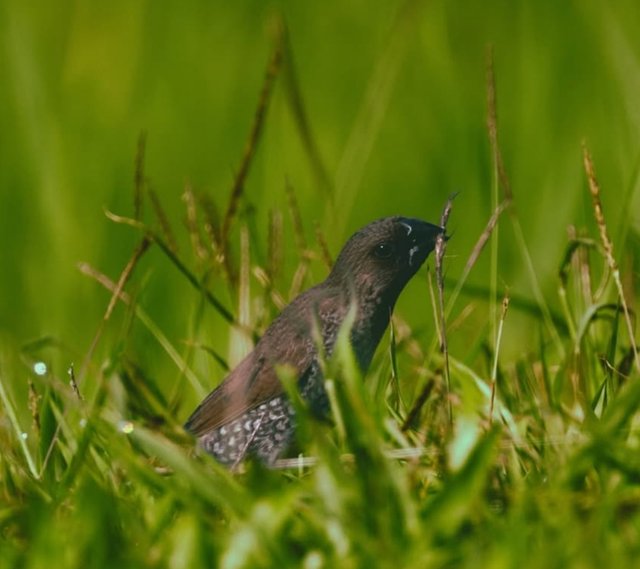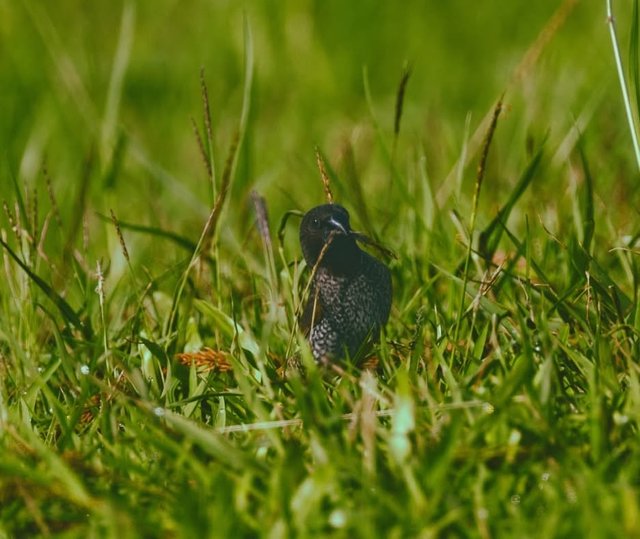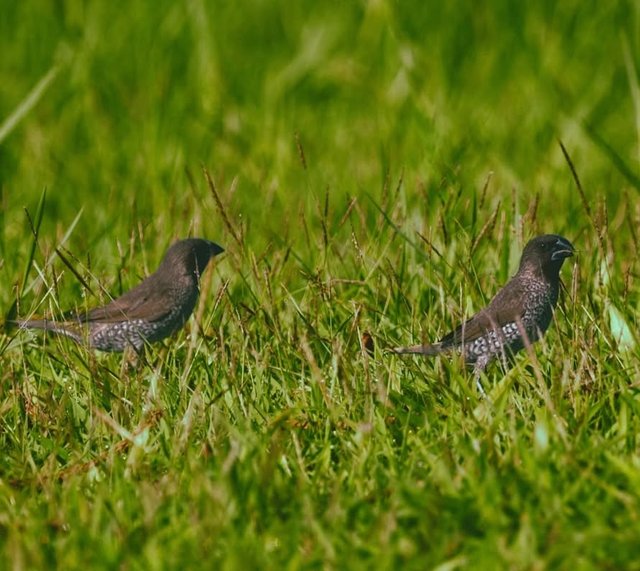The Scaly-Breasted Munia: A Subtle Gem Among Songbirds
The Scaly-breasted Munia, also known as the Nutmeg Mannikin or Spice Finch, may not boast the vibrant hues of tropical parrots or the powerful songs of nightingales, but it stands out in its own quiet way. With its neatly patterned plumage, social nature, and ecological significance, this tiny bird adds life and beauty to the grasslands, farms, and suburban gardens of Asia and beyond.
Identification: The Bird with the Quilted Vest
The Scaly-breasted Munia is a small passerine bird, around 11–12 cm in length. True to its name, the bird’s most striking feature is the intricate, scale-like pattern on its breast and belly — dark-edged feathers over a pale base that give the appearance of a finely woven quilt or armor. The upperparts are generally a warm brown, with a slightly darker crown and a short, thick, conical bill adapted for seed eating.
Juvenile munias lack the distinct scale pattern and appear more uniformly brown, which can make them difficult to distinguish from other munia species until they mature.
Distribution and Habitat: From Paddy Fields to City Parks
Originally native to tropical Asia — spanning India, Sri Lanka, southern China, and Southeast Asia — the Scaly-breasted Munia has successfully expanded its range to many other parts of the world, often introduced by humans. Populations now exist in Hawaii, the continental United States, the Caribbean, and parts of Australia.
The species thrives in open habitats such as grasslands, agricultural fields, wetlands, and even urban parks and gardens. It is particularly fond of rice paddies, earning it the reputation of a minor pest in some regions.
Behavior and Diet: Seeds, Sociability, and Song
Scaly-breasted Munias are quintessential seed-eaters. Their diet primarily consists of grass seeds, but they are also known to feed on grains such as rice and millet. The birds forage both on the ground and in tall grass, using their strong bills to deftly pluck seeds from stalks.
These munias are highly social and typically found in small to large flocks, often mixing with other finch species. Their movements are synchronized and acrobatic, especially when startled — a swirling cloud of brown and white that quickly settles back to forage. During the non-breeding season, they form larger communal groups, often roosting together in dense shrubs or reeds.




| Device | cannon eos 700D |
|---|---|
| Lens | 55-250 zoom leans |
| Location | Bangladesh |
